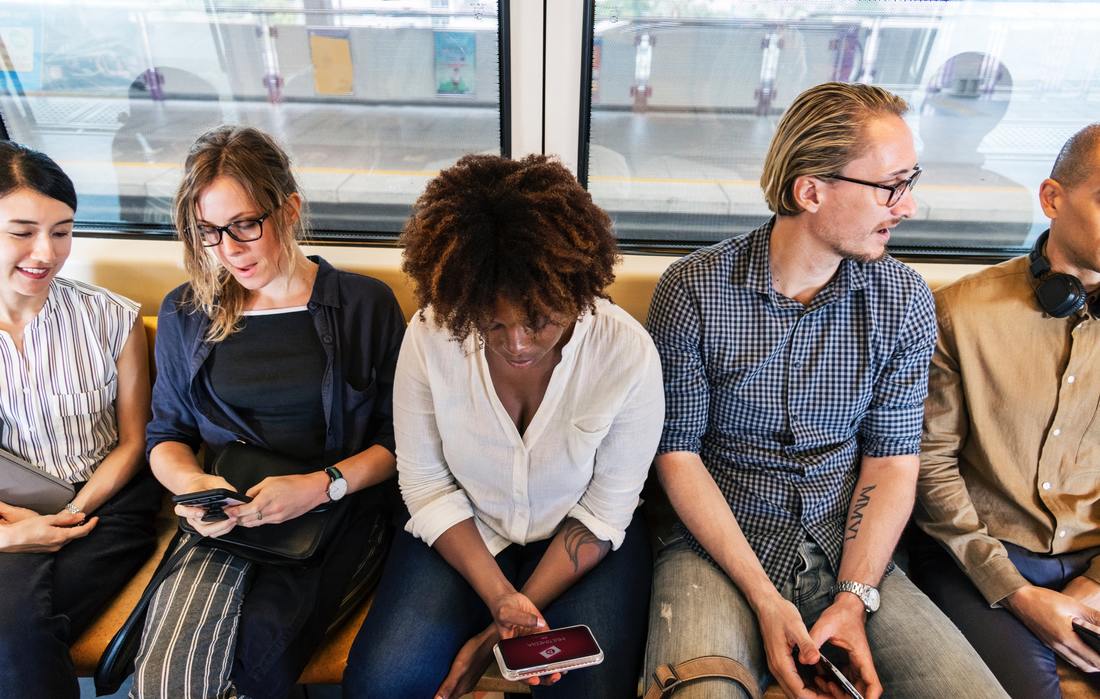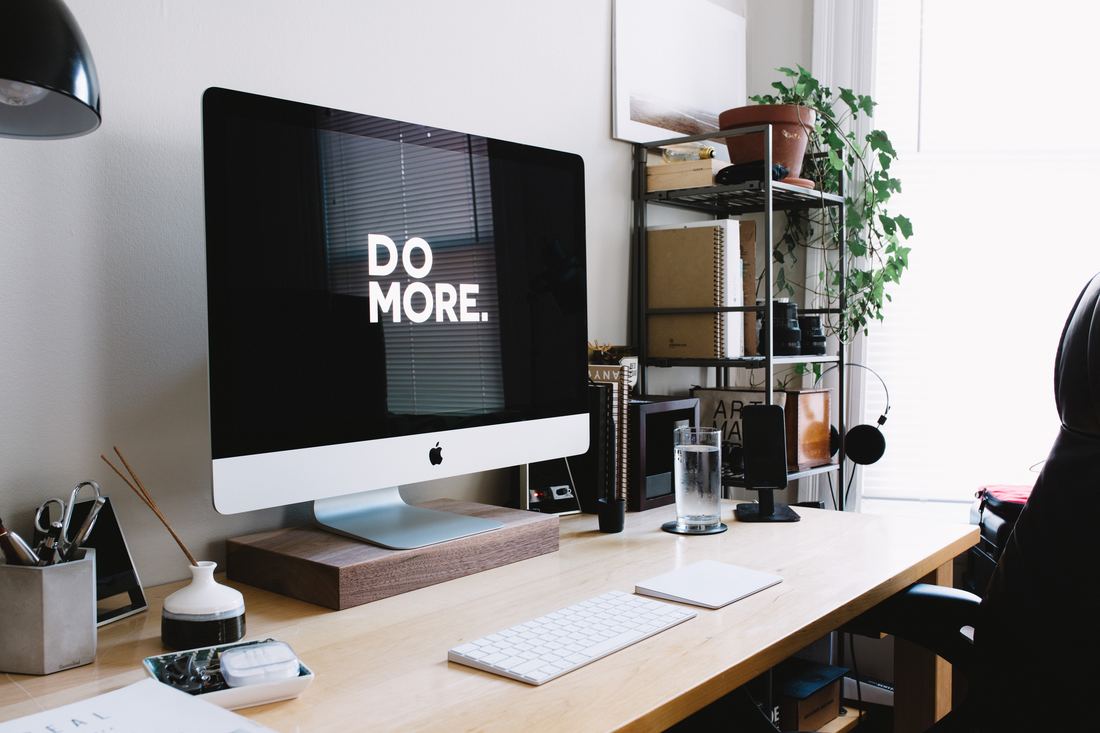How we help you develop your people
Design
We build custom designed training for senior executives to shop floor employees to engage the audience intellectually, emotionally and physically, ensuring the key learning objectives are met.
|
Delivery
We utilize various delivery techniques to produce a high energy training program delivered to match the audience, their learning style and retention levels.
|
Train-the-Trainer
We help you design the material, select in-house trainers and prepare them to deliver the content in an effective, dynamic manner.
|
Sample Training Programs
|
Strategic Thinking - be able to use critical data to show the impact the current way of working negatively impacts business results, create a clear Desired Future State you want to create to overcome the current challenges. Finally be able to use a standard planning process with a team to develop effective improvement plans.
Tactical Planning - be able to transfer Strategic Thinking into a detailed road map so everyone can see WHO does WHAT by WHEN to achieve the desired improvement results. Disciplined Execution – be able to apply techniques and use a standard process to keep the improvement team focused and know if they are on track to completing the planned tasks on time and produce the expected result. Be able to create an early warning radar system that will indicate when the team falls behind so you can act early. Leaders Have Vision – be able to define the critical elements in the Desired Future State you want to create and set clear targets and direction for the department or organization. Be able to effectively communicate the vision and enrol others into the planning process to make the your vision a reality. Leading Change – be able to use the formula for change (DxVxA>R=DFS) to bring about change in behaviour, systems or processes in a department, company or across a global organization.
Growing the Culture We Want – be able to understand and apply techniques and approaches to grow specific "Ways of Thinking" and "Ways of Working" to grow the desired culture within the workplace. People Are Different - be able to recognize and approach people with different cultural backgrounds with the right leadership approach to foster relationships and produce results.
Cultural Awareness – be aware of how different cultures think and work and the impact these can have on a team. To be able to apply different techniques when leading a multicultural team. 5S – be able to use each element of 5S methodology to organize and improve an existing work environment.
Problem Solving – be able to recognize problems early, use standard problem solving processes and techniques with a team to find root cause and define effective countermeasure to prevent problems from reoccurring. Sharing Lessons Learned – be able to understand the benefits of sharing successes and failures with others (departments, divisions, levels of an organization) so all benefit from the experience over time to produce better results. Creating Standard Work – be able to create and implement standard work practices in the work area and within leadership roles. To be able to apply different leadership techniques to improved business results. |
Fundamental Building Blocks to Create a High Performance Team – to understand and be able to apply each building blocks to create or repair a high performance team.
Conflict Resolution – be able to surface issues with different types of people and resolve conflict issues to achieve positive agreements and decisions Facilitation Skills – be able to conduct effective meetings and get results from team. Managing Conflict – be able to recognize the root cause of conflict and select the right techniques to defuse, remove or address conflict in the workplace. Using True Colours to Better Understanding Each Other – be able to understand how people are different using the True Colours methodology and ways leaders can flex their approach to foster better working relationships with others. Levels of Leadership – be able to recognize different Levels of Leadership a leader can have with others (based on John Maxwell's 4 Levels of Leadership) and use different approaches to strengthen and grow our relationship with direct reports, peers, and bosses.
Creating a Win/Win/Win Environment – be able to use techniques and processes to help a team get to a win/win/win decision - what is good for you, what is good for them and what is good for the overall well being of the company. Delegation & Empowerment– be able to apply the elements required to foster empowerment in the workplace and use effectively techniques for delegating work to the right person, both to direct reports and to people outside your area of authority. Do What’s Right – be able to understand how this way of thinking helps leaders to make the tough decisions, foster positive work relationships within a team, workplace or across a global organization. Fostering Integrity and Trust – be able to understand the contribution factors to grow a trusting work relationship with employees, direct reports, bosses and customers. Tobe able to use specific techniques that grows trust within a department or company. Fostering Relationships – be able to understand the need for strong work relationships within the workplace and apply the skills and approaches to foster it. Our Beliefs Drive Our Behaviour – be able to define how our beliefs drive our actions and the impact this has on our work environment. Leaders will learn techniques to understand their own beliefs as well as those of others, and develop approaches to apply when leading change within a team, department or company. Giving Effective Performance Based Feedback – be able to define and communicate clear expectations to direct reports and use the S.T.A.F.F. approach to improve a person's work performance. Thinking in Possibility – be able to recognize when you and others are focusing on the negative vs putting the energy into areas that will generate a positive outcome. Be able to use specific techniques to change the conversation, re-energize the team and develop productive solutions. |
The S.T.A.F.F. Approach to Develop People - to understand the 5 factors of S.T.A.F.F. and be able to apply each effectively to develop people so they consistently meet your expectations.
Creating a Coaching & Mentoring Environment – be able to use the factors needed to foster a coaching & mentoring environment within the workplace and the critical skills used to coaching/mentoring others. Succession Planning – be able to understand the benefits leaders gain by having a formal succession planning process in place and be apply to use different techniques for defining and growing the talent needed to be successful in the future. Convey the RIGHT Message – be able to effectively create and communicate the right messages to direct reports, peers and bosses to give clear direction, explain situations, share information or provide feedback.
Communicate with Influence – be able to understand the various factors that limits or strengthens the influence our message on others. Learn techniques of using utilize body language, facial expressions, pace, tone and speed of speech to influence how people feel, think and react to your message. Effective Communication Delivers the "What", "Why" and "To Do" – understand why these 3 elements should be embedded in every communication. Be able to use different styles and approaches to create clear direction. Getting The Message to the Floor – be able to create a standard communication system that ensures messages from senior leaders gets communicated effectively and accurately to the front line works. Building the Right Message – be able to build an effective presentation to ensure the right message gets created, heard and understood so people know what they are TO DO after the presentation.
HOW You Say It Is More Important Than WHAT You Say – be able to utilize body language, facial expressions, gestures with vocal tone, pace and speed of speech to influence how people hear, feel, and react to your message. Key To Successful Use of Visual Aids – be able to create and present data, ideas, key points and other messages through the effective use of visual aids, including PowerPoint, handouts and flip charts. |








